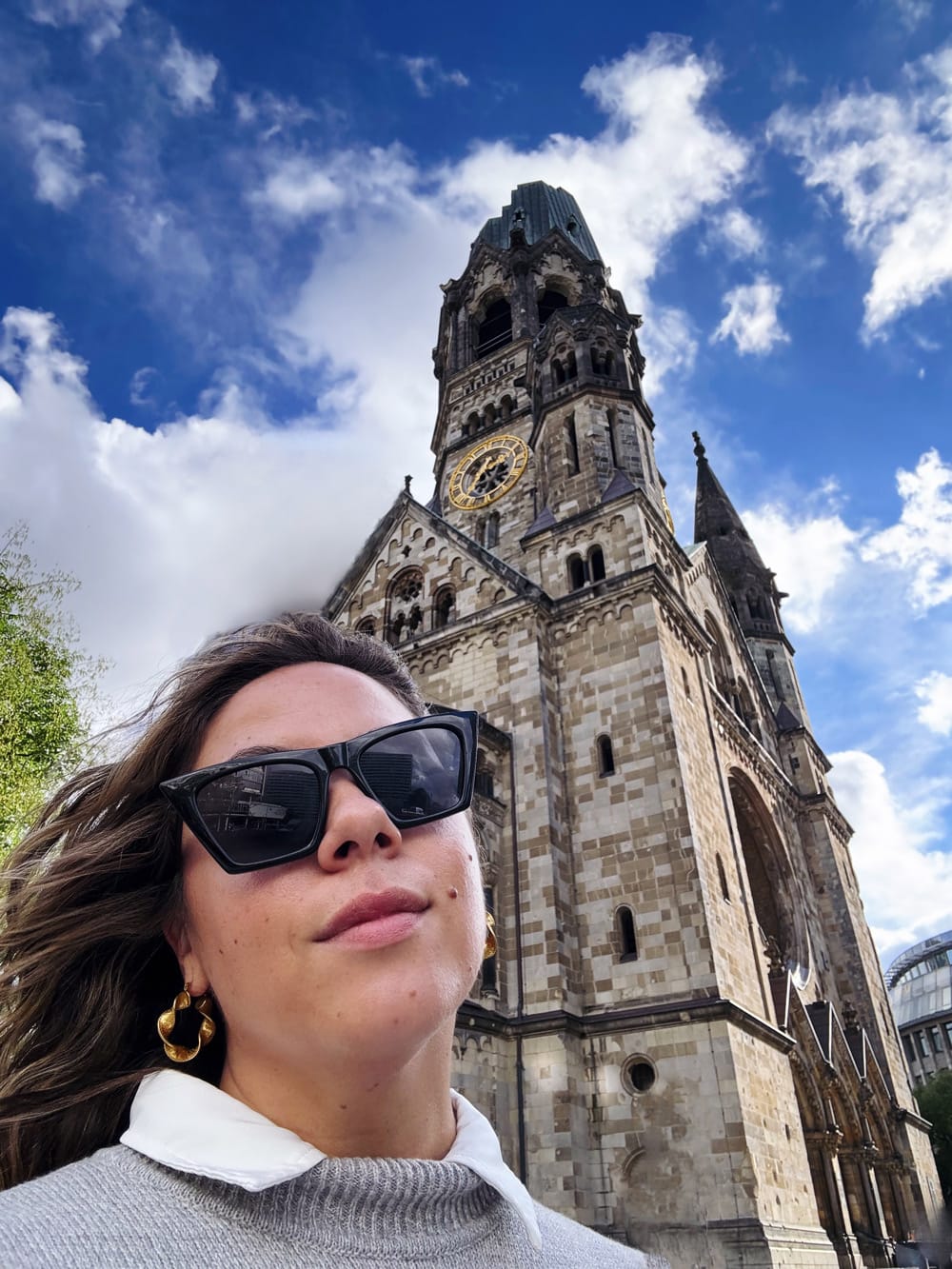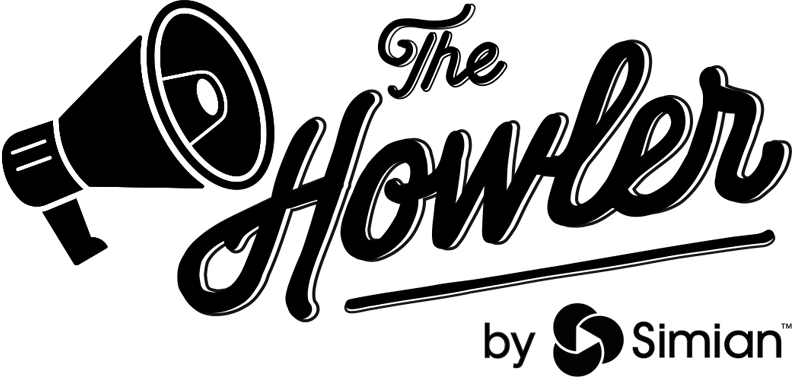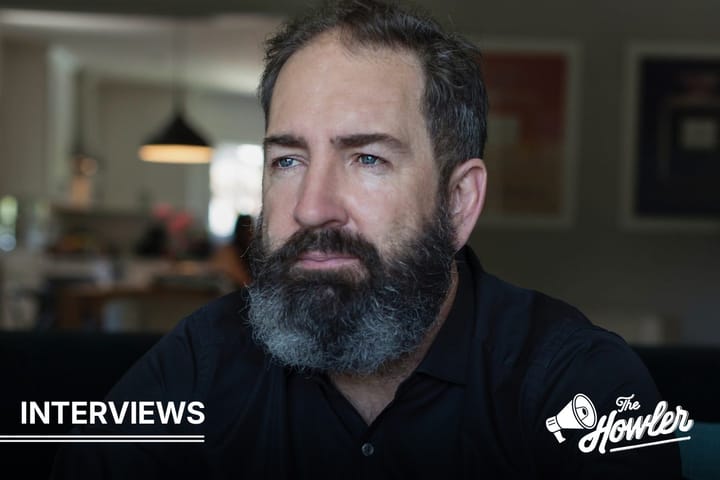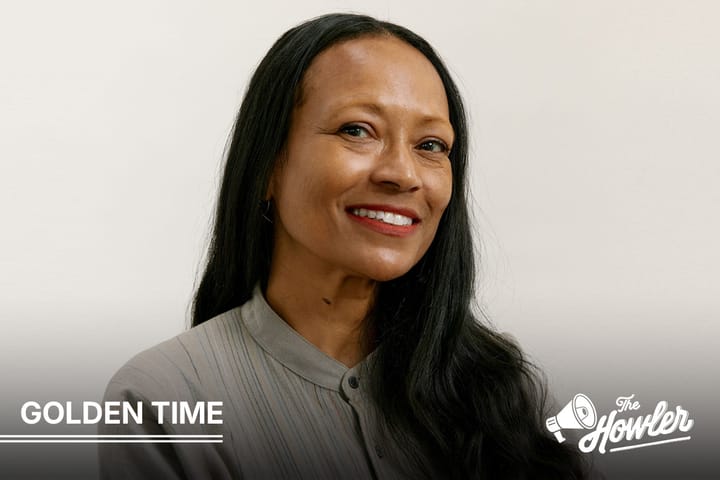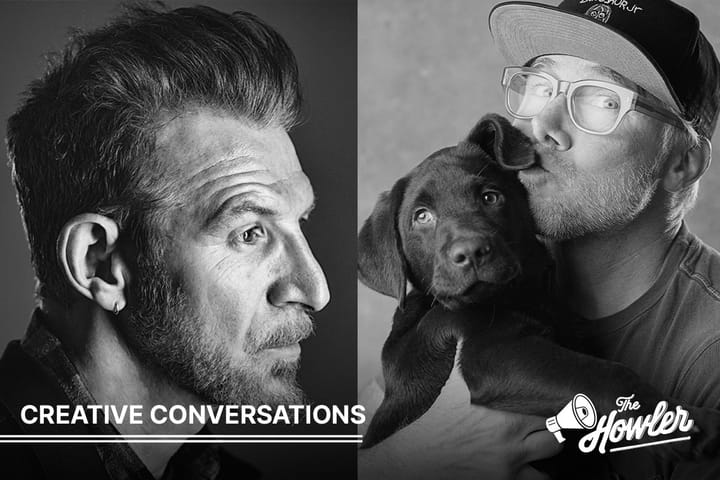A Little Bird Told Me: Ciclope, AI, and the Future of Production
An attendee's take on the festival's panels, energy and vibe, reported exclusively for The Howler.

By Becca Falborn, CEO & Founder/President, Little Bird
In the heart of Berlin, during the height of the changing leaves of Fall, is the Ciclope festival - some may argue it to be “the new Cannes.” It’s an international assembly of advertising and production folks, jamming together on new ideas, connections, and processes. I found myself here to do what I do best: network, meet new people, and support companies from my roster, two of which were in attendance: Lime Studios and Let It Rip Pictures.
The 3-day long conference is crawling with producers, sales reps, creatives, directors and industry executives of all kinds from almost every corner of the ad-world. The talks range from topics like production landscapes to the craft of storytelling, AI and creative workflow practices, and even some of the science behind how we as humans ingest it all.
AI is a hot topic as we all know, with countless panels and talks about it; the biggest takeaway was that AI creative technologies are not meant to replace VFX teams and artists, but instead help them with tedious processes that historically would require meticulous attention to detail and rendering. Now with AI, time is saved with the laid framework to seamlessly and effectively execute worlds that natural elements may hinder us from capturing at any given time, and gives the creative team more time to fine-tune and further develop the imaginative landscapes they’re crafting.
The ever-changing landscape of production and post production is something at the forefront of the industry as we see more and more services going in-house. Industry leaders who adapted this model early on, like WPP and Hogarth, lead by Global Head of Production, Dave Rolfe, are committed to still collaborating and supporting the talent market with independent creative partners like production companies and post production companies.
With tight turnaround times, brands are also forced to take some of these services inward. LEGO Global HOP Paulina Embart discussed at one session how these should and would be handled on a case by case basis. “It’s not a one-size fits all situation,” which moderator Mia Powell added to the topic. Which broaches the question: is it always cheaper to go in-house? (The audience laughed). It should be an established, cheaper pipeline. Assets should be easier to elevate experiences. In-house should not compete with the “talent community,” but should partner and help scale that side of the industry. Production & post companies are meant to help directors and talent grow, whereas in-house and brands hiring some of these roles out as freelance is a supply and demand need.
I caught up with Dave after his panel, he added, “Making assets should be made even easier, so we can focus our talent wherever they may be on elevating experience…I don’t really see a world where ‘in-house’ is competing with the supplier market, because I see work as needing right-fit perspective and thus often pipelined, as the route to best value and contextually appropriate work….”
The promise of the open-market with regard to talent should remain as compelling and vital as ever, and you won’t find my POV on how we source as failing to acknowledge that! Open-market is inherently evolutional. At the same time, “open-market” is not as omni-solutional per marketing needs as we once thought—and there are disruptors to that everywhere, only one of which is ‘in-housing.’ In-housing itself is a form of single-sourcing, and the degree to which simplified sourcing pipelines have arisen are literally everywhere—there’s client-based, scaled entity, media or medium-bound, there’s celeb and creator-based pipelining and there will also be increasing reliance on AI and its automation-based capabilities.
I’ll offer that it's intimidating to view, but I’ll also offer the possible extreme danger of trying to highlight agency-side in-house solutions as itself the single source of pain for the production community. It’s easy to see how much more complex things are.
As for agency-adjacent craft and making, there is and will continue to be value in this for our work, development of work and making-at-scale. And meanwhile the talent that extends from the inherently more versatile and culture-embedded supplier market, will continue to lift the greatest work and experiences that we’ve also always relied upon.”
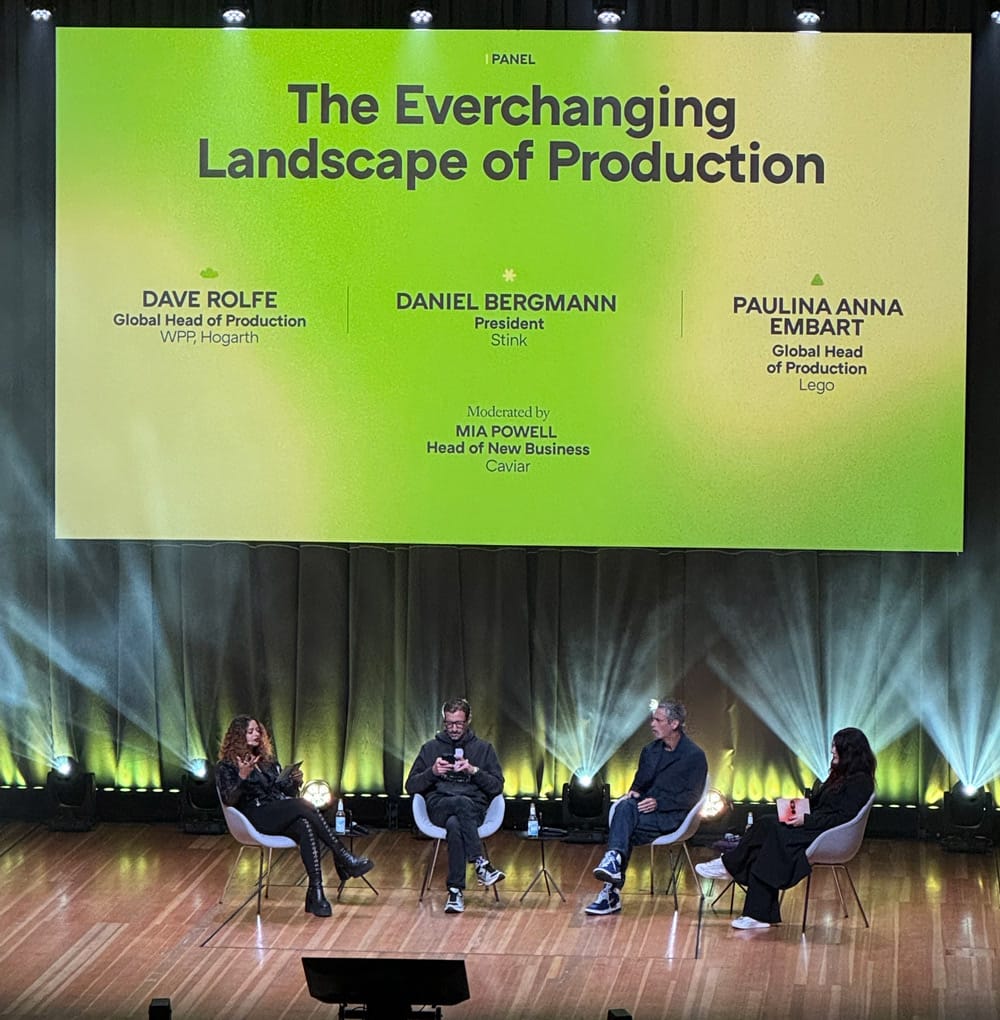
As we consume all this content - we have to wonder how does our brain respond to the messages? The virtual and digital environments? Neuroaesthetics is just that. At every moment your brain is reacting differently. So, don’t brands and agencies want to know how their ads are triggering consumers' brains? It’s more than just what you see but how it makes you feel: from user experience to immersive media to audio and music to edit and storytelling, packaging and product design…the list goes on. How do we design campaigns that trigger positive, consumer-driven feelings? This is why innovation, impact and new creative approaches are so important. Social impacts are a prime example - they garner community. Think about when you see a PSA that tugs at your heartstrings, I myself am a crier when it comes to the heartfelt ads. The world is a challenging place, if you’re putting something out there that matters to the greater good, then you’re triggering the neurological response to position your brand in a positive light to the consumer. Kinda studios and Kinda labs take these studies to the next level to show you how it works and why it works. “It” being your campaigns and messages.
Which brings us to the discussion of creativity for the greater good - doing it for impact not credit. Budgets may not be what companies “like” or “want” but they are ultimately spreading an important message that companies should want to be part of. The risks that come with these productions are best for those who are passionate about the message and the craft. The idea of high risk, high reward comes into play here, teams that work on these cause-focused, greater-good pieces can be faced with casualties, legal run-ins, violence, the list goes on. All serious things to consider when partaking in this type of work.
The final session of the panels and talks did in fact feel like THE grand finale. Titled, “Creative Sessions: Everything is Fake and Gay” with Jason Kreher, Partner at Maximum Effort. Jason added his top three takeaways from his Ciclope experience: “I am finding a lot of new and interesting ways of looking at things in my personal life based on applying some things I’ve learned from my job. Not in the pathetic way you’d find on a LinkedIn post, but in kind of a wide-eyed approach to using creativity as often as possible. Try it!”
I am so inspired by the city of Berlin and its stern, bizarre and full-throated embrace of both art and depravity. In the spirit of both these muses, I commissioned performance artist Bully Fae Collins to recreate my advertising reel onstage beside me as I spoke.
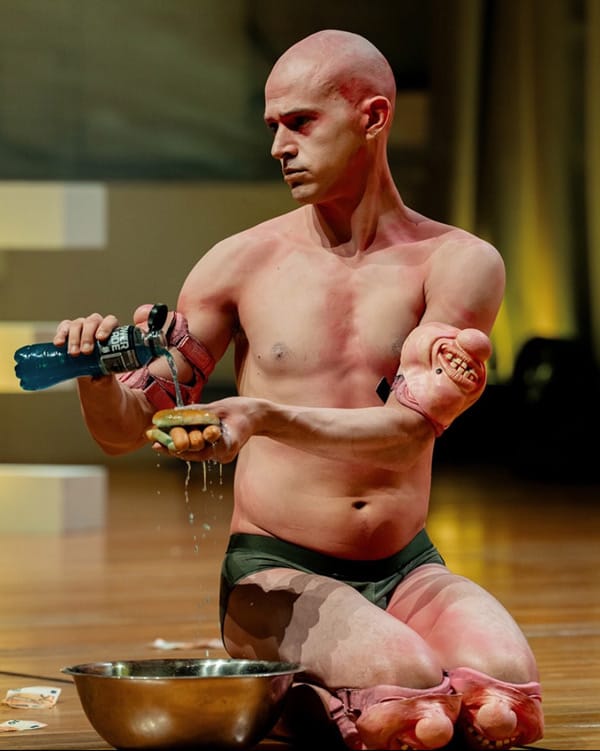
Based on my own experiences and the flood of people who spoke to me after the talk, everyone is going through it at the moment, and we should all work really hard to be nice to ourselves. My biggest take away from Jason’s presentation: what an epic performance! There was a quote posted on the screens surrounding the stage: “If we were not all drowning in anxiety, we would be giddy about this golden age of creative opportunity.”
As a rep, I can definitely relate. Jason’s talk was full of satire and humor; it was engaging and captivating. He posed the questions: “What are we able to see that’s a business problem, and how can we help?” And opening the thought process surrounding what actually is creativity? To which he responded, “it’s saying no,” and wrapped it up with one of the most intelligent statements: “Walk in stupid every morning – if you think you know what you’re doing you’re incorrect.”
And with that, I conclude my epic first time in Berlin, attending Ciclope. ‘Til next year!
